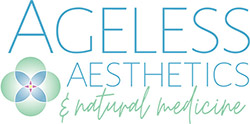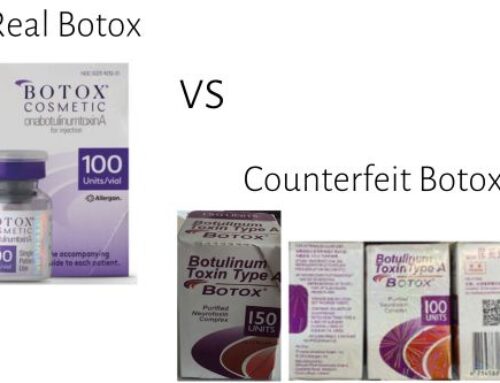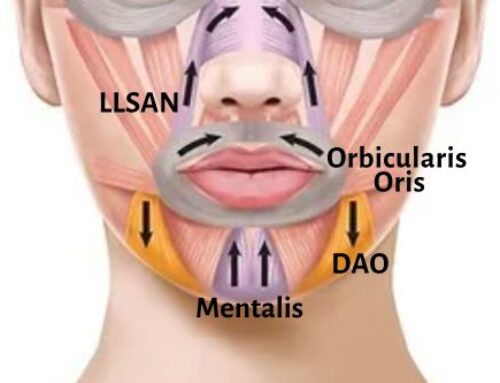Did you get a droopy eyelid after Botox injections? Fear not! It can be fixed. Botox-induced droopy eyelids, also known as eyelid ptosis, can be an unexpected side effect of this popular cosmetic procedure. While Botox is renowned for its ability to smooth out wrinkles and give a more youthful appearance, certain side effects are possible, and the Dreaded Droopy Eyelid is one of them. In this article, we will delve into the causes behind Botox-induced droopy eyelids and explore how to effectively fix this issue. Whether you’re someone who has experienced eyelid ptosis yourself or just curious about the potential risks of Botox, this guide will provide you with valuable insights. We will discuss why this happens, factors that can increase your risk, and what to do if it happens to you. If you are considering Botox treatment or have already had it and are concerned about eyelid ptosis, keep reading to understand why this issue occurs and discover effective solutions.
Understanding the causes of Botox-induced droopy eyelids
Botox injections cause temporary paralysis in the muscles it is injected into. Usually the medicine stays in the immediate area it was injected into, but sometimes it can spread and affect adjacent muscles. This is called “unintended spread of toxin” and can lead to some unwanted side effects.
The Dreaded Droopy Eyelid occurs when the Botox injection affects the muscle responsible for lifting the eyelids, the tiny muscle called the “levator palpebrae superioris”. This muscle can be affected because the toxin was injected in the wrong spot, was injected with improper technique, or because the medicine migrated to the adjacent muscles. Botox migration can happen if the treated area is rubbed or massaged afterwards, or from gravity. This is why after receiving Botox injections we always tell you to “stay in an upright position for 4-5 hours, don’t lie down, and don’t rub your face.” Because reclining or lying down afterwards can cause the medicine to “drip” to places we don’t want it to go, such as the levator palpebrae superioris muscle.
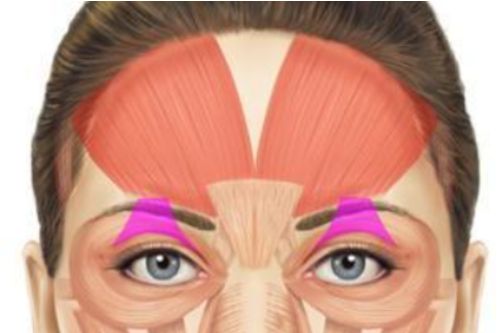
Signs and symptoms of Botox-induced droopy eyelids
The most obvious sign of Botox-induced droopy eyelid is the noticeable drooping of one or both eyelids. This drooping can range from mild to severe and may interfere with vision or cause a heavy sensation in the eyelid. The amount of drooping is measured by placing a horizontal line at the bottom margin of the iris, and a horizontal line where the upper eyelid meets the iris. It’s important to note that Botox-induced eyelid ptosis is usually temporary and resolves on its own within 6-8 weeks as the effects of the neurotoxin naturally wear off. However, during this time certain over-the-counter or prescription eyedrops can be used to help the eyelid lift higher.
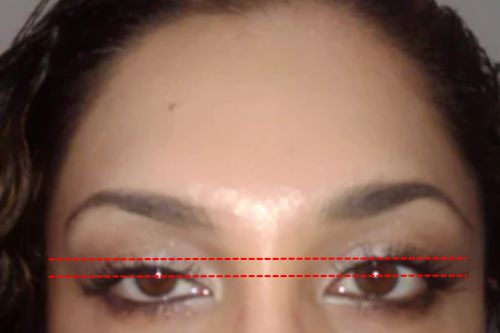
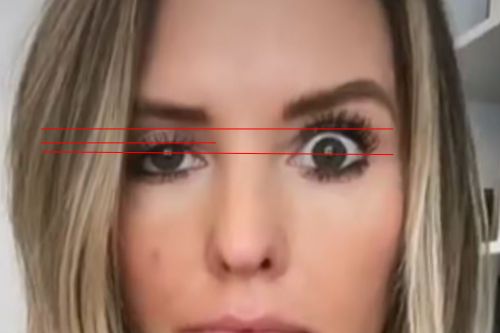
How to prevent Botox-induced droopy eyelids
While a droopy eyelid can be an unfortunate side effect, there are steps you can take to minimize the risk. Firstly, it’s crucial to choose a qualified and experienced injector who has a good understanding of facial anatomy. A skilled injector will be able to assess your individual needs, calculate the proper dose required, and administer the Botox injections in a way that reduces the chances of migration, reducing the likelihood of eyelid ptosis. A skilled injector will also thoroughly explain all the potential side effects and how to mitigate them if they happen, so that in the unlikely event it does happen you are not caught off guard and know what the next steps will be. If your Botox injector is not fully educating you about all the possible risks and how to treat them, they’re not doing their job correctly. Another crucial step to preventing unintended ptosis is to follow the after-care instructions given to you, namely “stay in an upright position for 4-5 hours” and “don’t rub your face”. Following these two important instructions can significantly reduce the risk of getting a droopy eyelid.
Treatment options for Botox-induced droopy eyelid
If you find yourself experiencing a Botox-induced droopy eyelid, there are a few treatment options available to help. First of all, Don’t Panic! It’s not permanent. The droopiness will improve as the Botox naturally wears off. Usually droopy eyelids recover in 6-8 weeks, instead of the entire 3-4 month duration of forehead Botox. So even if you do nothing at all, your eyelid will recover in a few weeks. For more severe cases of Botox-induced eyelid ptosis, over-the-counter or prescription eyedrops can help. These eyedrops contain a medicine that stimulates the Muller’s muscle to contract, which can help elevate the eyelid 1-2 mm. The effects of the eyedrops are temporary and need to be repeated until the muscle strength returns naturally. The over-the-counter eye drop is called Naphcon A and is traditionally an eye allergy medicine. The prescription medicine is called Apraclonidine. Before starting either of these drops it is important to visit your injector to determine if what you’re experiencing is a true eyelid ptosis and if these eyedrops are an appropriate option.
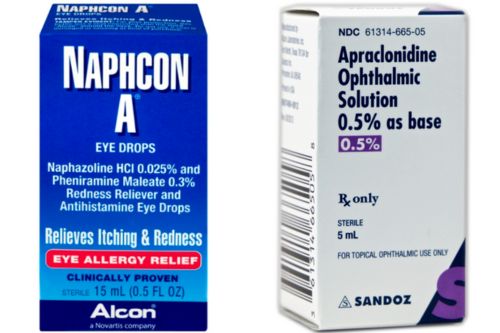
Navigating and Addressing Botox-Induced Droopy Eyelids with Confidence
Botox-induced droopy eyelids can be an unexpected and unwelcome side effect of Botox injections. While the drooping is usually temporary and resolves on its own, it can cause discomfort and affect one’s self-confidence. Taking preventive measures, such as choosing a qualified injector, discussing your concerns beforehand, and following post-procedure instructions can help minimize the risk of eyelid ptosis.
If you do experience Botox-induced droopy eyelid remember that it is temporary and will recover even without treatment. But there are also easy treatment options available to help.
Remember to prioritize your safety and well-being by choosing a qualified practitioner and following proper recovery and aftercare instructions. By taking these precautions and being informed about the potential risks, you can enjoy the benefits of Botox without the worry of eyelid ptosis.
Interested in Botox in Portland?
Botox treatments are generally safe and suitable for most people, but there are certain considerations to be aware of. It’s important to consult with a qualified health professional to determine if Botox injections are right for you. Dr. Christina Baghdanov at Ageless Aesthetics is a naturopathic physician with a keen interest in Aesthetic medicine and skin care, and can administer cosmetic Botox injections in the forehead, crow’s feet, frown lines, and lines around the mouth. If you would like to learn more about botox injections schedule a free consultation and we’ll discuss your goals and concerns, and explore all available treatment options!

